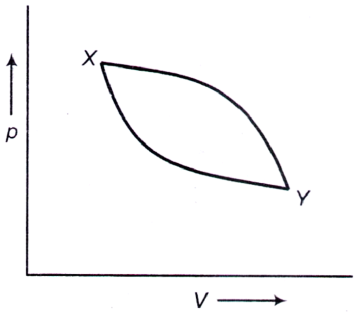Two identical particles have to be distributed among three energy levels. Let rB, rF and rC represent the ratios of probability of finding two particles to that of finding one particle in a given energy state. The subscripts B, F and C correspond to whether the particles are Bosons, Fermions and classical particles, respectively. The rB : rF : rC is equal to
A. $$\frac{1}{2}$$ : 0 : 1
B. 1 : $$\frac{1}{2}$$ : 1
C. 1 : $$\frac{1}{2}$$ : $$\frac{1}{2}$$
D. 1 : 0 : $$\frac{1}{2}$$
Answer: Option D


Join The Discussion